The Open 2023: Royal Liverpool course guide
Last updated:
Our in-depth course guide reveals all about the key holes at Hoylake and why there is so much excitement around the closing stretch.
Today’s Golfer’s 2023 Major coverage is brought to you in association with TaylorMade.
JUMP TO HOLE: 1 | 2 | 3 | 4 | 5 | 6 | 7 | 8 | 9 | 10 | 11 | 12 | 13 | 14 | 15 | 16 | 17 | 18 |
Rory McIlroy’s quest for a fifth Major rumbles on, but this July he’ll be returning to the scene of perhaps his finest moment in Major Championships. There was no record-breaking margin of victory in 2014, but he did complete a wire-to-wire victory at Hoylake, finishing on 17-under-par – two clear of Rickie Fowler and Sergio Garcia – to claim the Claret Jug for the first time.
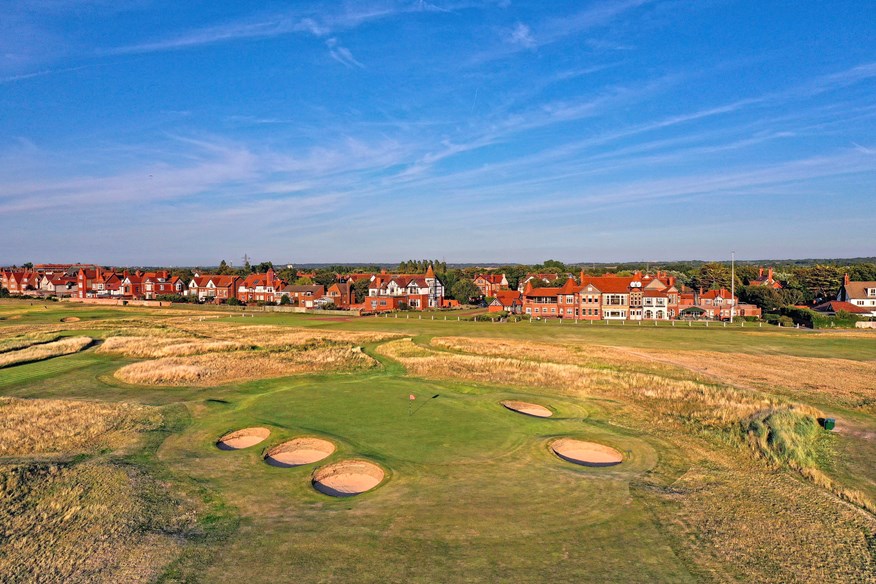
The course has changed a lot since then and has undergone a significant overhaul, led by designer Martin Ebert, in a bid to make Hoylake “an even more attractive test of golf, and a future-friendly Open Championship venue”. We enlisted the help of local caddies and Royal Liverpool’s Head Pro to pull together a hole-by-hole guide and spoke with the man who will be in charge of course set-up for The Open. Between them, they shed light on where the 151st tournament will be won or lost.
Royal Liverpool (Hoylake) Course Guide
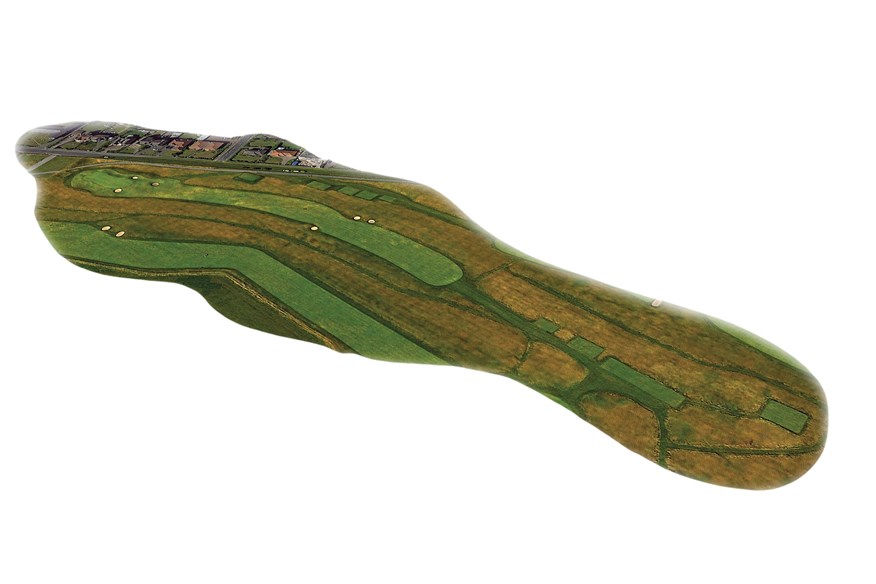
Hole 1: Royal
Par 4 | 459 Yards
Bunkering on both sides of the fairway means strategic play is key. The prevailing wind at Royal Liverpool, from the west, means the opener plays more into the breeze. In 2014, most players laid up short of the left-hand bunker with an iron, but the aggressive play is to drive the bunkers to leave a short wedge into an hourglass-shaped target that is deceptively tight with run-offs on both sides.
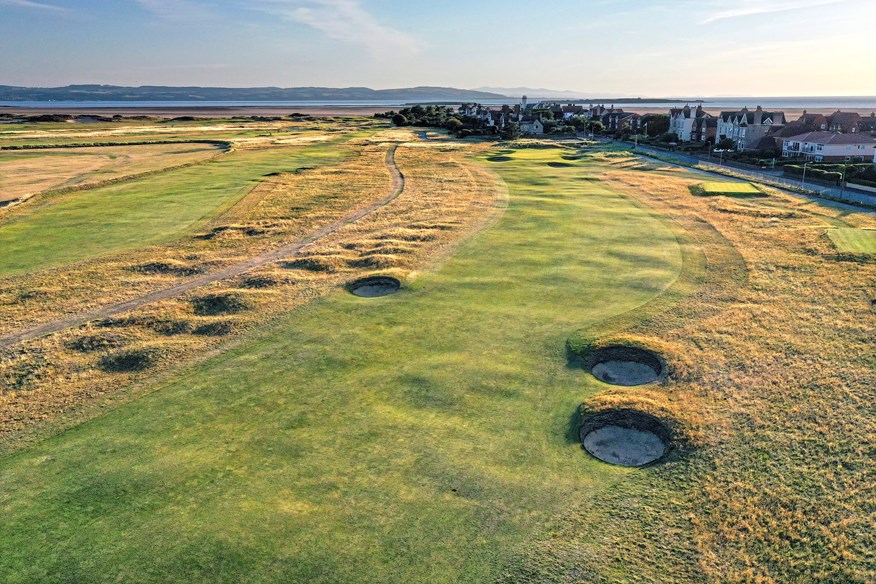
What they say – John Heggarty: Master PGA Professional and Head Professional at Royal Liverpool Golf Club
“A sleeper hole that ends up playing as one of the toughest on the course. If you go over to the right-hand side like a lot of holes at Hoylake, you’re coming across a bunker onto a green where stopping the ball becomes a challenge.”
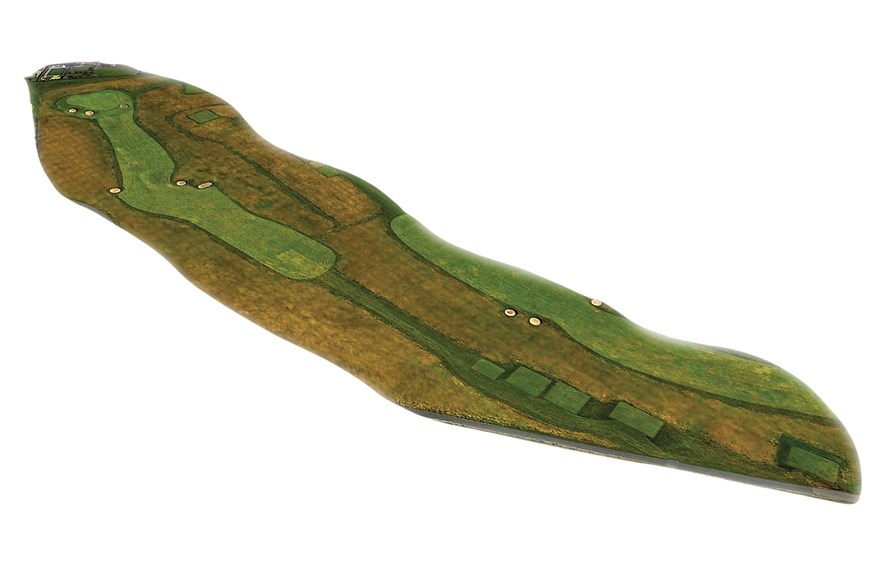
Hole 2: Stand
Par 4 | 453 Yards
‘Stand’ is the traditional 18th hole for members, but has played as the 2nd hole for The Open in the last two editions. Like the opening hole, well-placed bunkers condense the driving area, so the smart play is to lay up, leaving a mid-to-long iron to a well-guarded green. Front pins are tough to access, with three bunkers protecting the narrow entrance.
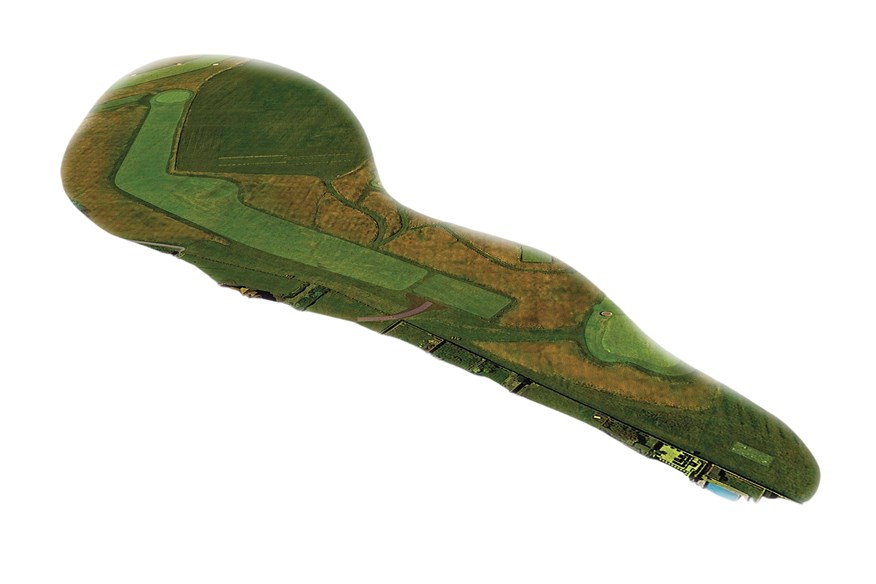
Hole 3: Course
Par 4 | 426 Yards
Known as the 1st for members, this is the first of two holes where the internal out-of-bounds runs down the entire right-hand side. Most players will take an iron and leave themselves around 200 yards in. Out of bounds comes into play again on the right of the green, but there is a bail-out area to the left of what is a relatively straightforward putting surface.
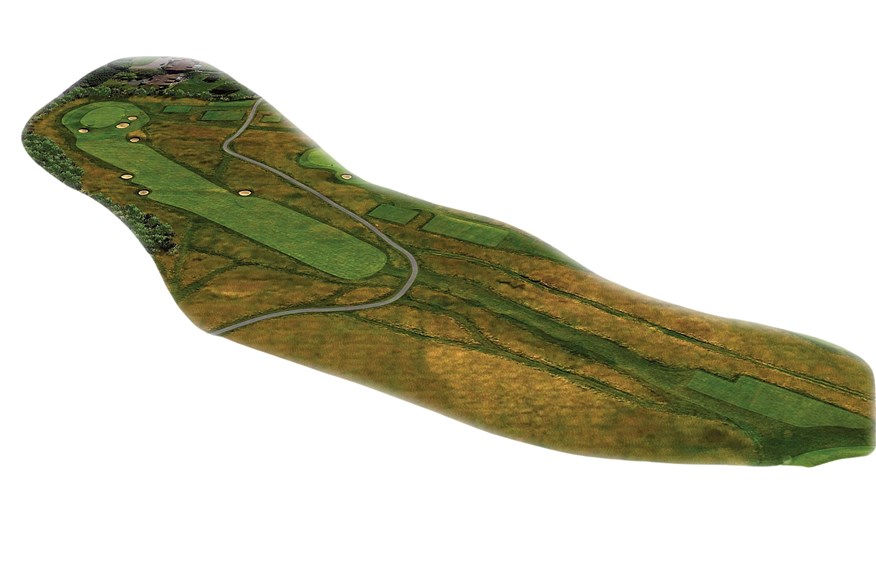
Hole 4: Road
Par 4 | 367 Yards
Ranked as the easiest par 4 on the course in 2014 and the start of a gettable two-hole stretch. The hole is drivable in length, but not in nature, as plenty of bunkers guard the entrance to a green set on a 45-degree angle, with fierce run-offs on all sides. Many players will attempt to lay up on the left-hand side of the fairway to leave a better angle in but will need to avoid small hillocks of rough and gorse.
What they say – Grant Moir: Executive Director – Governance at the R&A
“The new green here has really enhanced the hole. It’s given us more options for interesting hole locations, and it fits much better for a short par 4 because the green is a little smaller now and has been elevated slightly.”
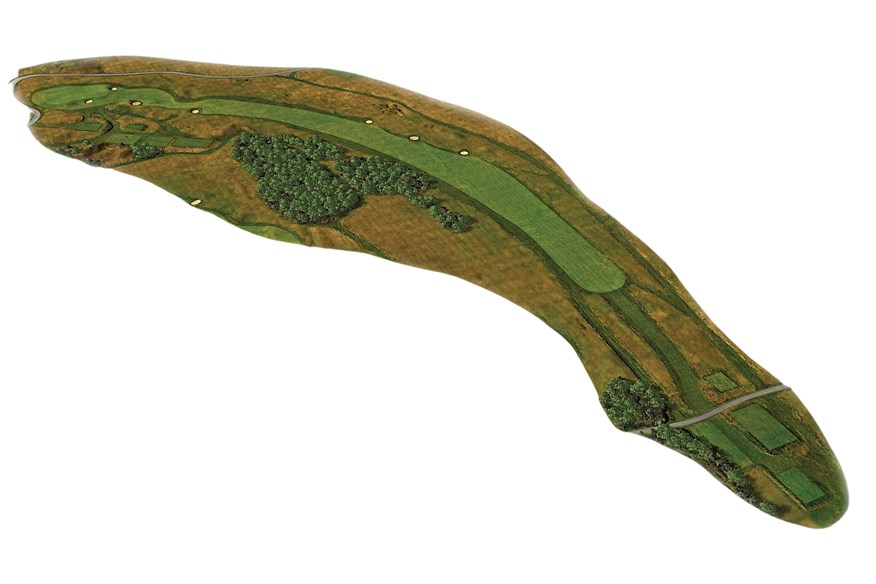
Hole 5: Long
Par 5 | 520 Yards
The shortest of the three par 5s and arguably the best birdie chance on the course. Both the drive and second shot require a right-to-left shape to reach their intended targets, with the green set at a right-to-left angle, and two bunkers guarding the entrance. Shots played up the right side may find their way down a hill, potentially leaving tricky chips.
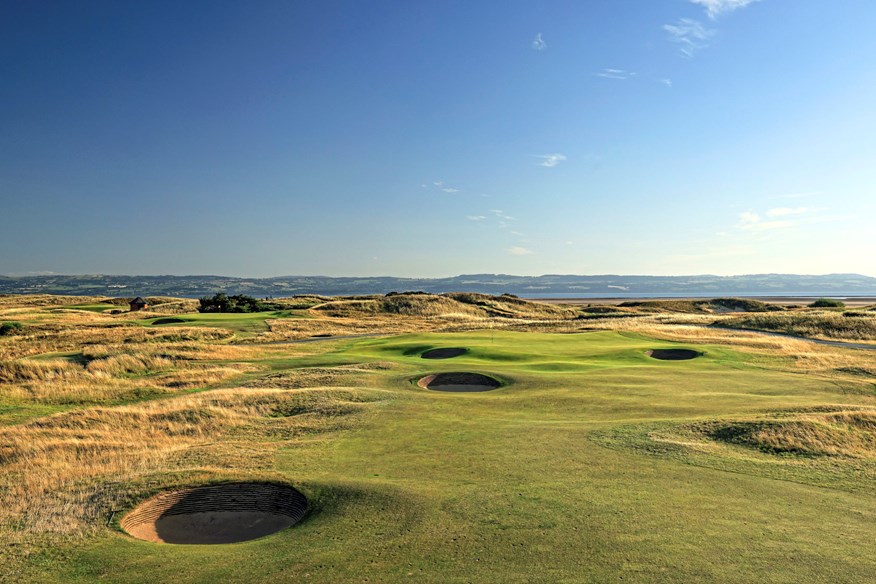
What they say – John Heggarty
“The par 5s represent a huge opportunity. Those players who are strategic and laying it up to their favorite yardage on the par 5s will be just as likely, if not more likely, to pick up birdies, than those who are going for the green in two and potentially short-siding themselves. The greens are firm and it can be difficult to get the ball close to the hole if you’re too close or coming in from the wrong angle.”
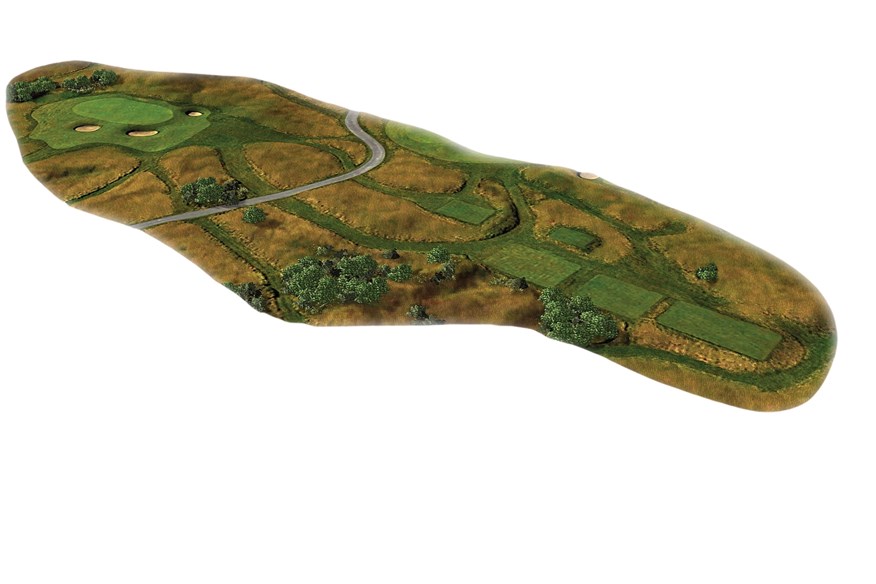
Hole 6: New
Par 3 | 201 Yards
The first of four wonderful par 3s at Hoylake, the 6th hole plays slightly uphill to a long and narrow green. The entrance has a severe run-off, with two cavernous bunkers awaiting at the foot of the hill. Players who miss right will have to contend with a bank and slope that then runs away from them. Middle of the green is the safe play.
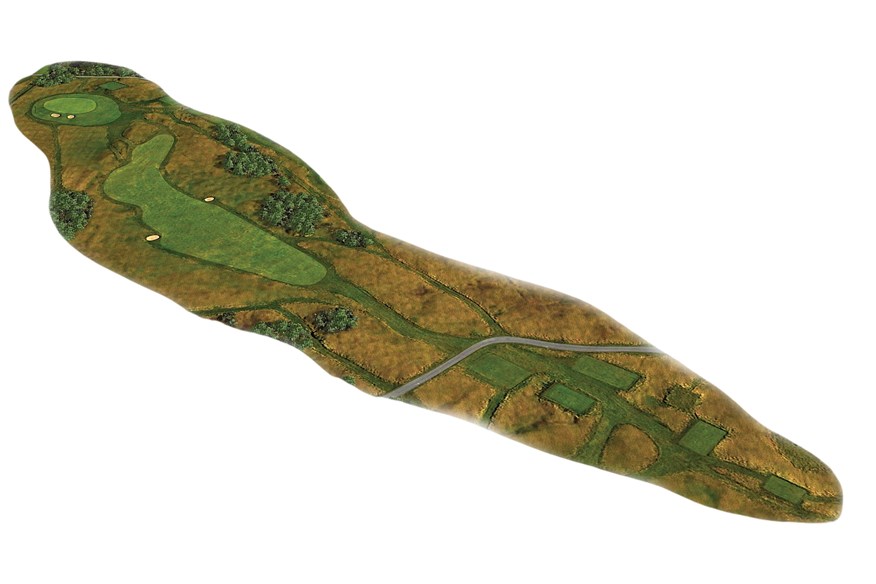
Hole 7: Telegraph
Par 4 | 481 Yards
The 7th plays as stroke index one for members and ranked as the hardest hole on the course in 2014, giving up just 30 birdies and a scoring average of 4.366. Into the wind, a 250-yard drive is required to even reach the fairway, while gorse, heather, and bunkers await further up. The approach is more straightforward, with lots of room to the right to work a ball toward the surface. Shots taking on the left side of the green risk bringing two gaping bunkers into play, however.
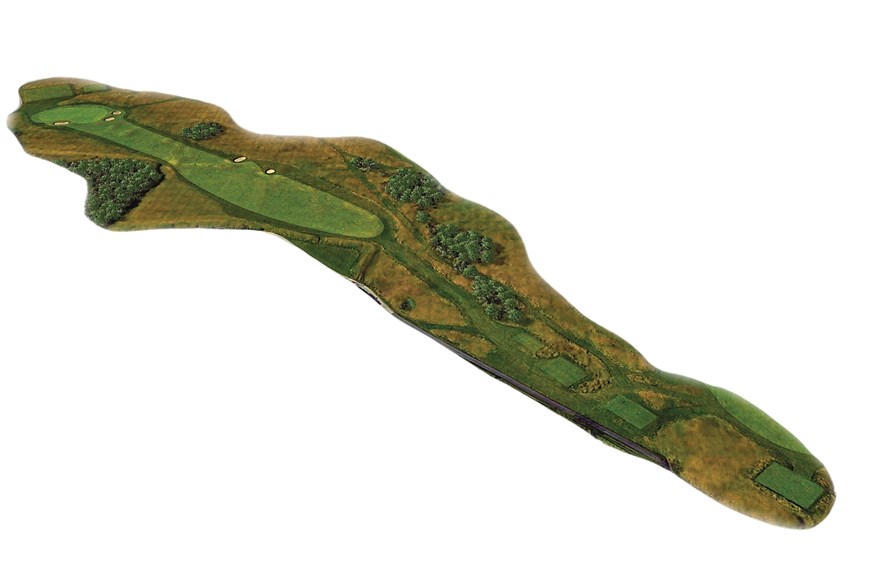
Hole 8: Briars
Par 4 | 436 Yards
Although the tee shot needs to carry the out of bounds, the biggest challenge is avoiding bunkers on the right and gorse creeping in on the left side. The further down players go, the tighter the fairway becomes. An approach shot that gets too cute to a right pin will likely find a tiny run-off area or two front bunkers, turning a potential birdie opportunity into a bogey.
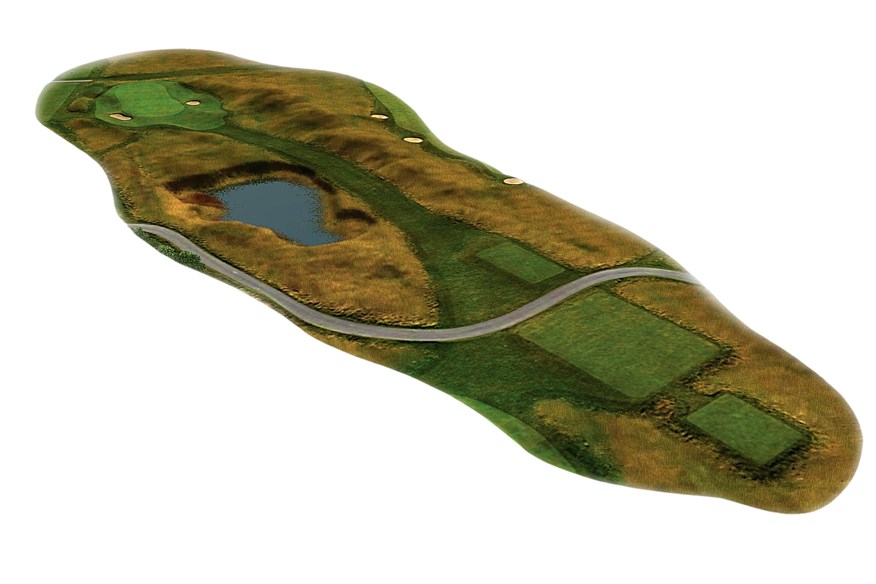
Hole 9: Dowie
Par 3 | 218 Yards
Once described as one of the best short holes by famed golf writer Bernard Darwin. The tee shot plays to a long green that has plenty of movement and runs diagonally from left to right at an angle. If the ground is firm, players will need to land the ball short to attack any front pins, with two front bunkers making the entrance narrow. A large gully on the left will also come into play with back pin locations.
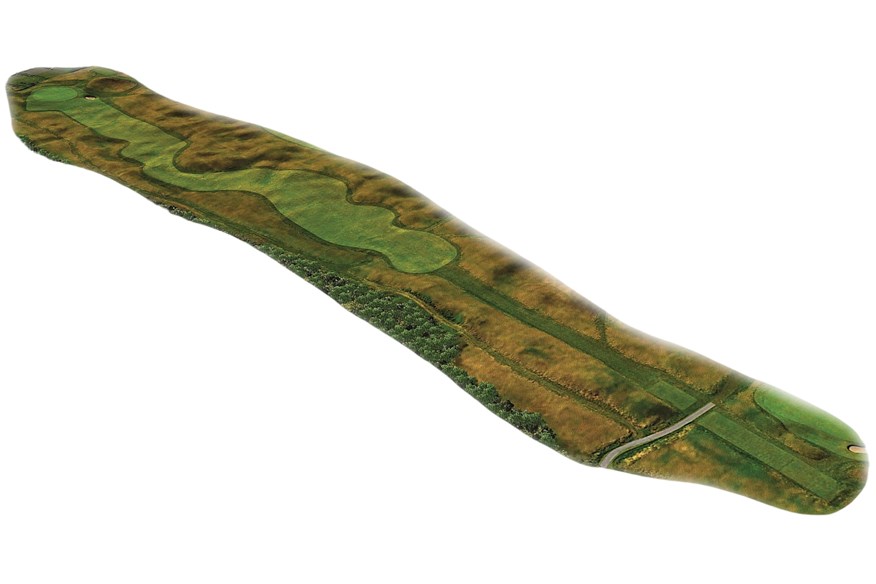
Hole 10: Far
Par 4 | 507 Yards
Traditionally a par 5 during The Open, the 10th will play 25 yards shorter this year to a par 4 and is likely to become one of the most difficult holes on the course. The drive is fairly innocuous, though a large mound in the middle of the fairway can obstruct views to a green which has a very steep run-off area to the left, and an even deeper bunker to the right.
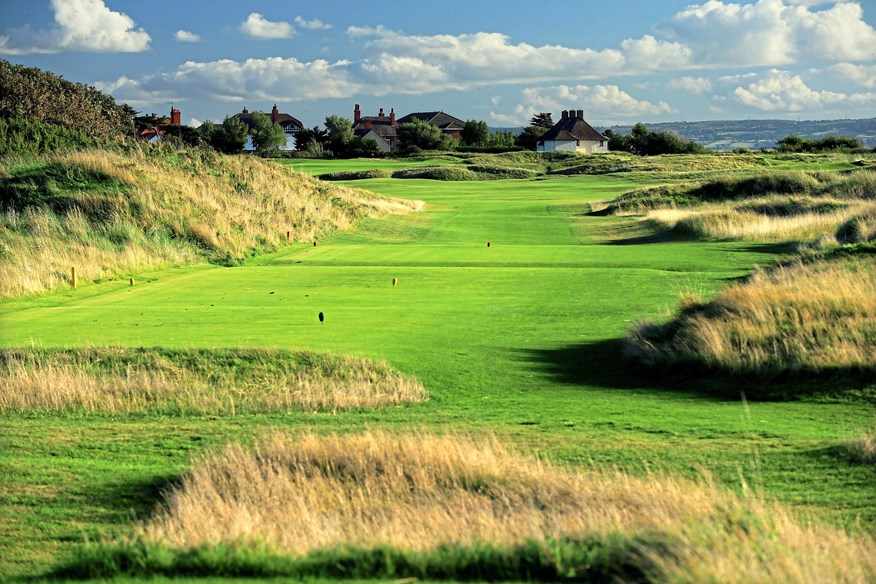
What they say – Grant Moir
“The 10th is definitely one of the toughest greens to hit, particularly when going in with a long club. You really have to find the center of the green because it’s got a wicked bunker front right. Equally, on the left-hand side, there is a very significant run-off, so short games will definitely be tested here. That’s likely to be the case on a lot of holes.”
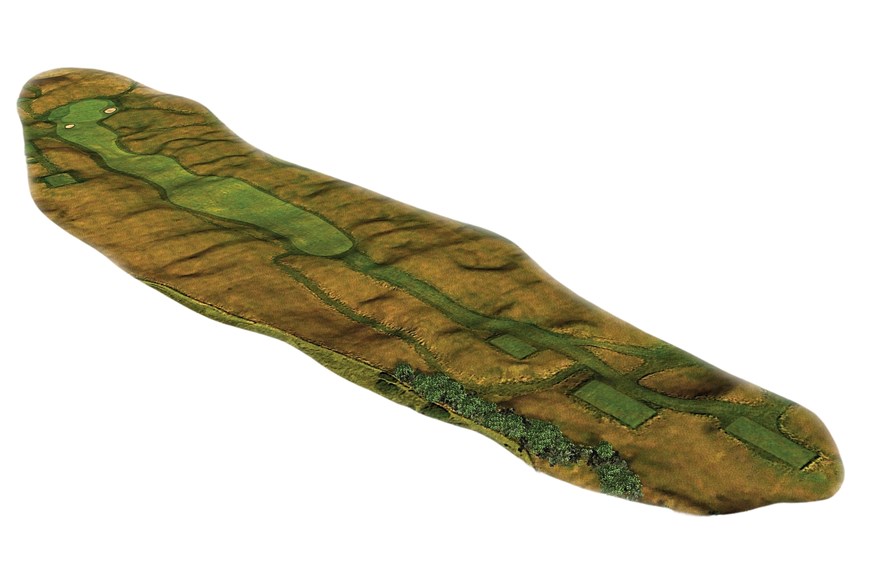
Hole 11: Punch Bowl
Par 4 | 392 Yards
Sited on the farthest point of the course, the tee shot on 11 plays to the top of a hill, which players will hope to clear so they can attack the green below. The approach is fairly narrow and tight, so the shorter the club, the better. Depending on pin placement, players can be aggressive in trying to make a birdie but need to be mindful of some steep swales on the left.
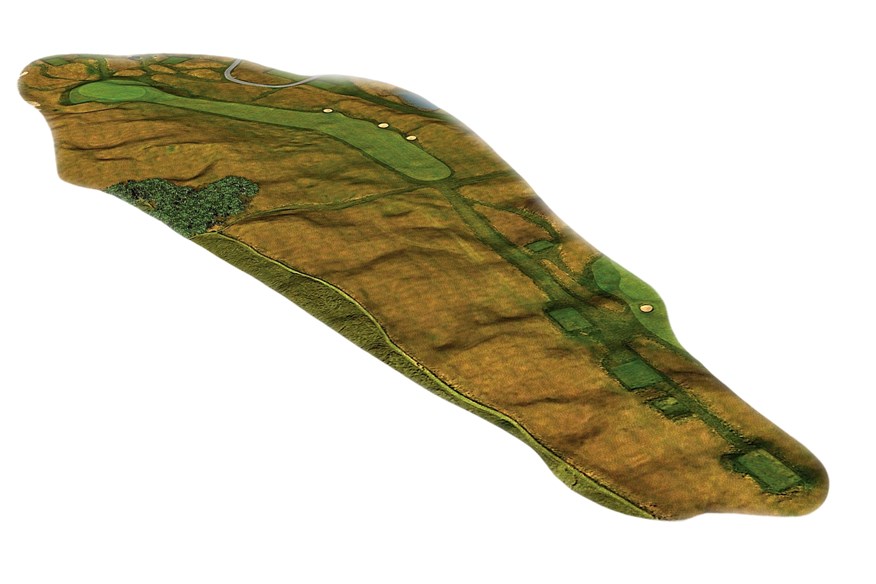
Hole 12: Dee
Par 4 | 449 Yards
The 12th continues round to the left, running along the shoreline, dog-legging that way with the fairway cambering slightly left to right. Three bunkers lie in wait on the right, while a sea of rough catches any mishit drives on the left. The green is raised significantly from the fairway and very lengthy. Front pins are accessible but the further back you go, the less room you have to play with.
What they say – John Heggarty
“The cut area to the left has been expanded. It used to go down into rough, but now that area has been tightly mown, so if you miss left the ball doesn’t finish 10 feet from the edge of the green, it will run all the way down, leaving you a 20-yard shot to a green that’s sitting above you.”
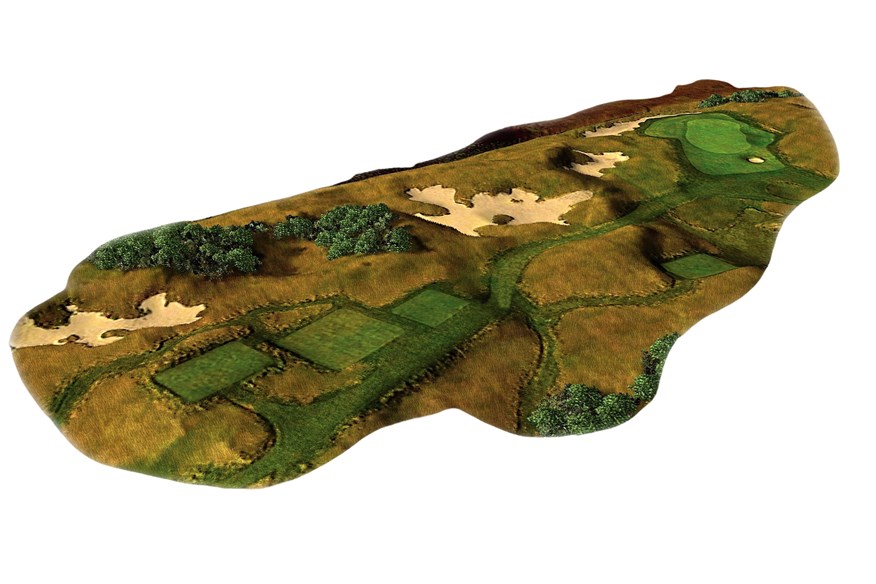
Hole 13: Alps
Par 3 | 194 Yards
The favorite hole of many members at Royal Liverpool and visually one of the most attractive. From the tee only far-right pins are fully visible because of mounds blocking the view. As a result, expect to see a lot of pins back left. The green runs diagonally from right to left, with a bail-out zone front right. A tee shot landing on the front portion of the green should feed toward the back.
What they say – Grant Moir
“The 13th is a great hole, but it also has a great amphitheater. There’s a lovely spot where you can sit on the hill, overlooking the Dee Estuary.”
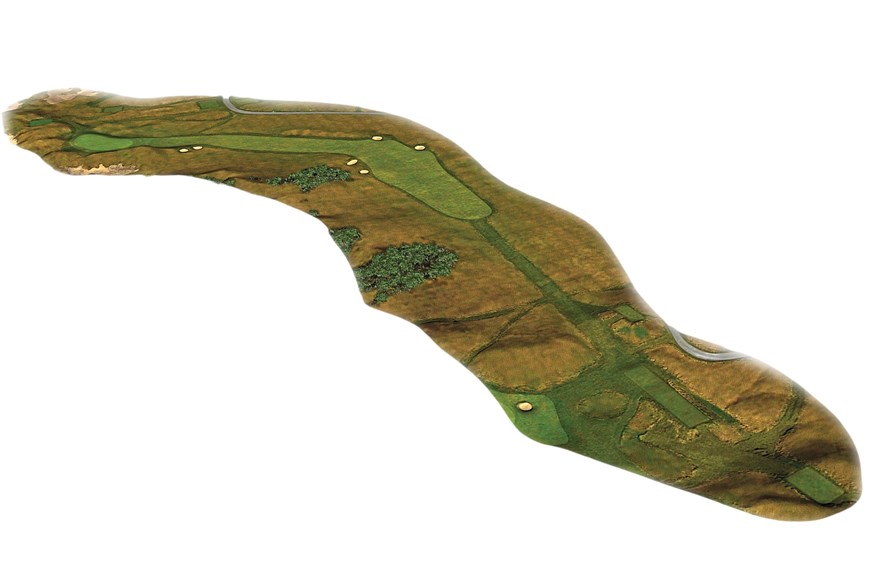
Hole 14: Hilbre
Par 4 | 454 Yards
A similar hole to the 12th, with plenty of fairway bunkers to avoid. The hole dog-legs significantly to the left but the camber of the fairway slopes to the right. As with the 13th, the green has a mound short that obscures the view from the fairway. Right appears to be the safe miss; however, there is a steep run-off area on that side, making a play to the back portion the percentage play. It was here that Tiger holed a 4-iron for Eagle in 2006.
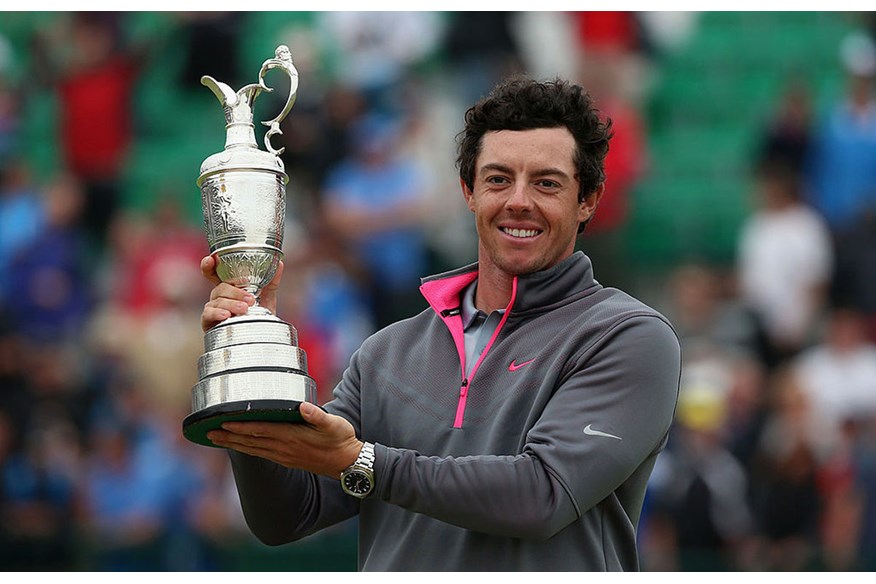
What Rory says
“There are quite a few holes on the back nine that are right-to-left dog legs, which suits my natural shot shape. And I don’t feel like you’re too restricted in your approach shots. The greens are quite generous. They’re quite flat. You can be quite aggressive with your second shots. And obviously, I like to play the game that way. There’s a few good things about the golf course and it sets up well for me.”
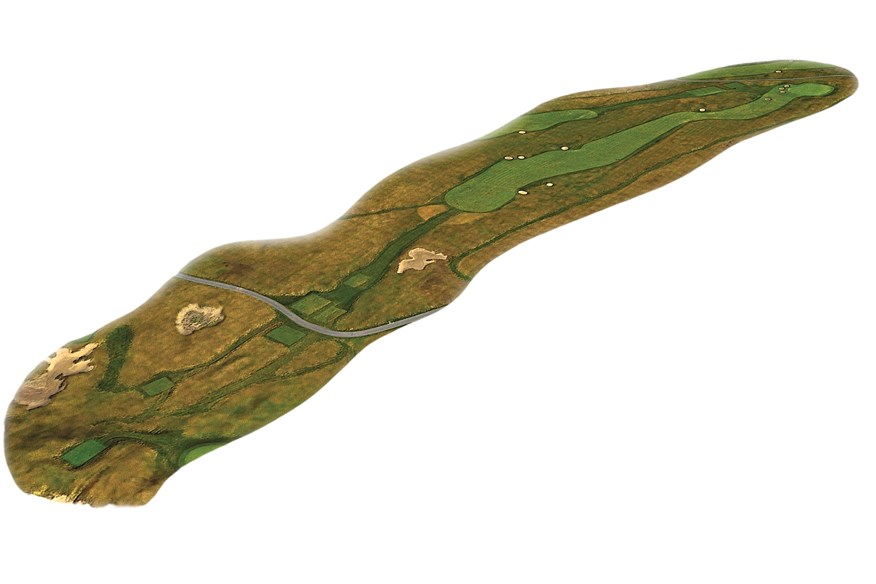
Hole 15: Field
Par 5 | 620 Yards
Previously the 16th hole in past Opens, this hole has been significantly lengthened since Rory eagled it in 2014. With the prevailing wind, players can carry a portion of bunkers to the right. Most players will have a go at the green, or play an aggressive lay-up, 60 yards short of the green. Entry from the right is the ideal angle, and takes the three bunkers on the left out of play.
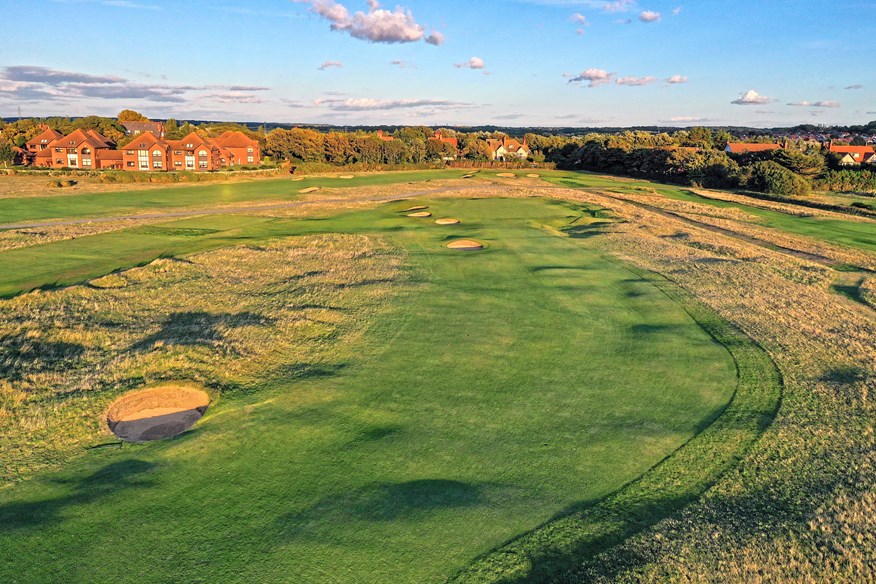
What they say – John Heggarty
“The 15th is over 600 yards now, and that’s a great addition because it brings the bunkers into play that the pros bombed over in 2014. We’ve got two new bunkers that are in position there on the right-hand side as well. So, that’s going to be much more of a real par-5 than perhaps it was in 2014 and 2006.”
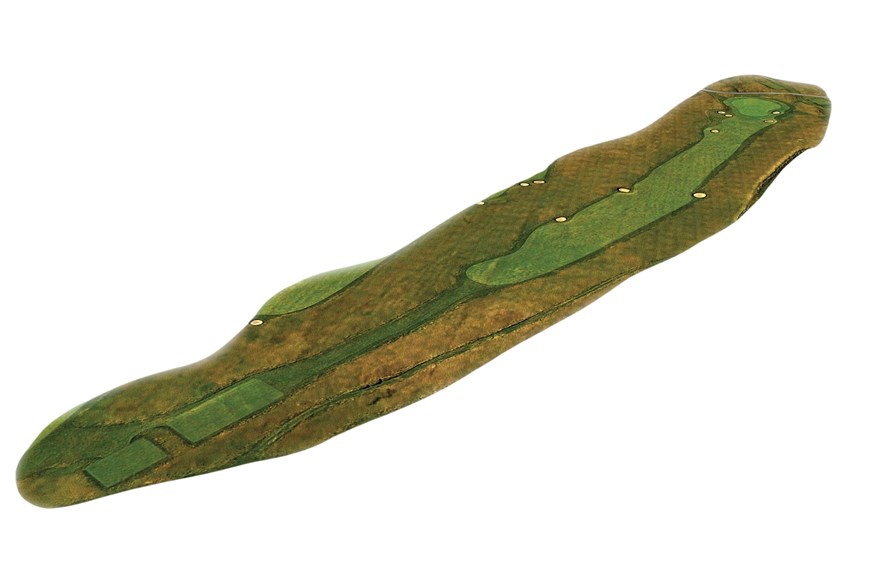
Hole 16: Lake
Par 4 | 461 Yards
Into a stiff breeze, the 16th is a very strong par 4. Many players will lay up short of fairway bunkers on both sides and leave themselves well over 200 yards for the second. The green welcomes a low-running shot that enters through the mouth, with more bunkers left and right. A cross bunker 50 yards short can also come into play if entering the green from the wrong angle.
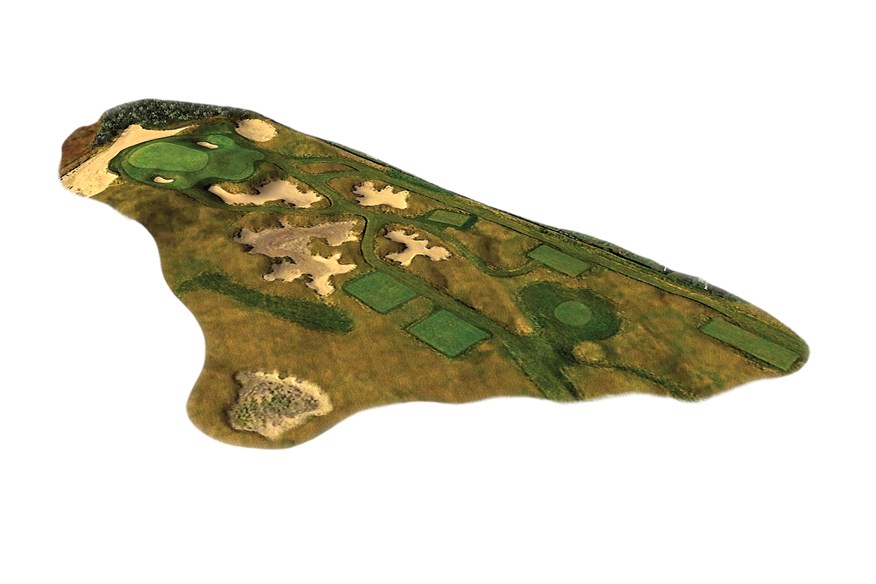
Hole 17: Little Eye
Par 3 | 136 Yards
Hoylake’s new hole is a stunning creation and features an infinity green that plays directly out towards the ocean and North Wales. The green is raised significantly above the player and is surrounded by sandy waste bunkers with huge fall-off areas on all sides. Any miss will leave a devilish up and down to a fiercely-undulating surface where three-putts are common.
What they say – John Heggarty
“The new par 3, it could play anything. I’ve hit a 5-iron on that hole, I’ve hit a gap wedge on that hole. If you don’t hit a good shot onto the green, then you are going to struggle to make par. There’s the big, deep bunker on the right-hand side, a sneaky little bunker front left, and of course, if you land it on the front of the green with any sort of decent strike, the spin that you’re going to create on that ball will probably bring you back down into the waste area, leaving you a 40-yard bunker shot from the wasteland.”
What they say – Grant Moir
“We don’t see a desperate need to shorten the 17th dramatically, so the reality is that the shortest it will play is about 120 yards. But if the wind is blowing, it has the potential to see a spread of scoring – that’s what great short par 3’s do. They provide a great opportunity for birdies, but the jeopardy comes with missing the green. There’s no doubt that a lot of memorable par 3’s are the short ones and we’ve very hopeful that after one open this will become one of them.”
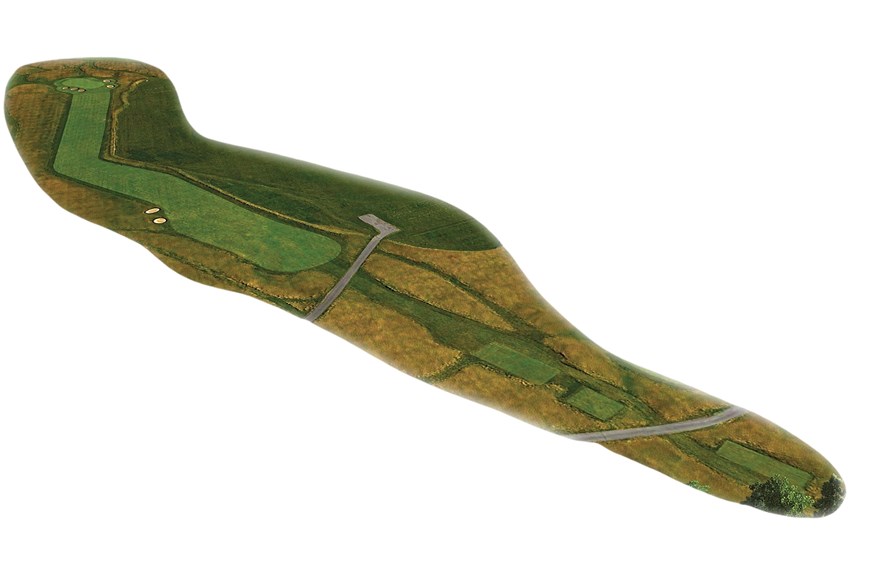
Hole 18: Dun
Par 5 | 609 Yards
After navigating a long walk towards the 18th tee, players face a far tougher tee shot this year on what is the 16th hole for members. The championship tee has shifted right and moved 58 yards back, while the out-of-bounds has come in 20 yards from the right. A 240-yard carry is now needed to reach the fairway, though any player who plays too far away from the out-of-bounds runs the risk of finding two dangerous bunkers on the left. Going left of those traps isn’t too penal but it does remove the opportunity of going for the green in two. A tee shot or lay-up to the right side of the fairway leaves the best angle to a green surrounded by bunkers on both sides. Players will definitely feel like they dropped a shot if they walk off the green with a five.
What they say – John Heggarty
“Anything can happen on that final hole. It’s far longer than it was in 2014, A conservative play and lay-up to the left is going to leave a very difficult wedge shot, over a line of three bunkers, where the ground is firm and there’s little margin for error.”
MORE FROM THE OPEN
– Zach Johnson “I took the Claret Jug to a waffle house!”
– Open Legends: Seve Ballesteros
– The Open: tee times and groupings
– Revealed! Who will win the 2023 Open
– The complete Royal Liverpool course guide
Want to get the most from Today’s Golfer? Sign up for TG Membership!
-
 The Open 2023: Royal Liverpool course guide.
The Open 2023: Royal Liverpool course guide.
-
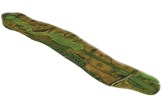 Hole 10 Hoylake.
Hole 10 Hoylake.
-
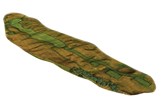 Hole 11 Hoylake.
Hole 11 Hoylake.
-
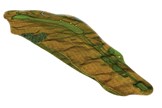 Hole 12 Hoylake.
Hole 12 Hoylake.
-
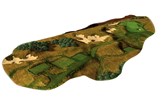 Hole 13 Hoylake.
Hole 13 Hoylake.
-
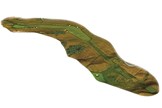 Hole 14 Hoylake.
Hole 14 Hoylake.
-
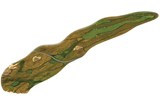 Hole 15 Hoylake.
Hole 15 Hoylake.
-
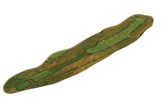 Hole 16 Hoylake.
Hole 16 Hoylake.
-
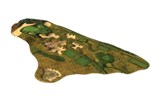 Hole 17 Hoylake.
Hole 17 Hoylake.
-
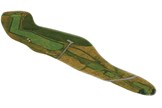 Hole 18 Hoylake.
Hole 18 Hoylake.
-
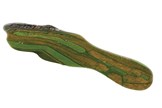 Hole 1.
Hole 1.
-
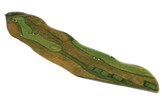 Hole 2 Hoylake.
Hole 2 Hoylake.
-
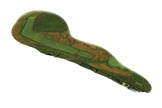 Hole 3 Hoylake.
Hole 3 Hoylake.
-
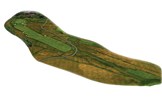 Hole 4 Hoylake.
Hole 4 Hoylake.
-
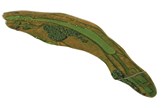 Hole 5 Hoylake.
Hole 5 Hoylake.
-
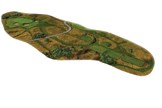 Hole 6 Hoylake.
Hole 6 Hoylake.
-
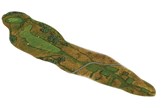 Hole 7 Hoylake.
Hole 7 Hoylake.
-
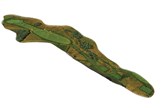 Hole 8 Hoylake.
Hole 8 Hoylake.
-
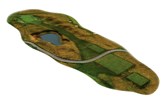 Hole 9 Hoylake.
Hole 9 Hoylake.
-
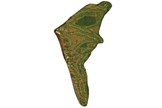 Aerial view of Hoylake.
Aerial view of Hoylake.
-
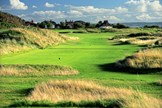 10th hole at Royal Liverpool.
10th hole at Royal Liverpool.
-

-
 The 13th hole at Royal Liverpool
The 13th hole at Royal Liverpool
-
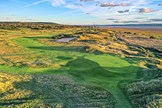 The 14th hole at Royal Liverpool
The 14th hole at Royal Liverpool
-
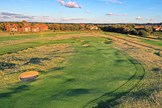 Hole 15 at Royal Liverpool.
Hole 15 at Royal Liverpool.
-
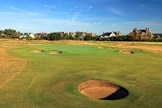
-
 The new 17th hole at Royal Liverpool
The new 17th hole at Royal Liverpool
-
 Royal Liverpool 18th green.
Royal Liverpool 18th green.
-
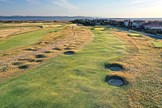 Hole 1 at Royal Liverpool.
Hole 1 at Royal Liverpool.
-
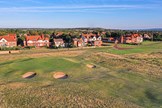
-
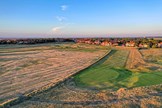
-
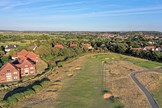 The 4th hole at Royal Liverpool (Hoylake)
The 4th hole at Royal Liverpool (Hoylake)
-
 5th hole at Royal Liverpool.
5th hole at Royal Liverpool.
-
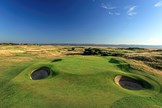
-
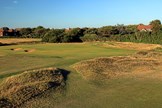
-
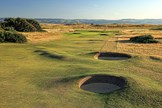
-

